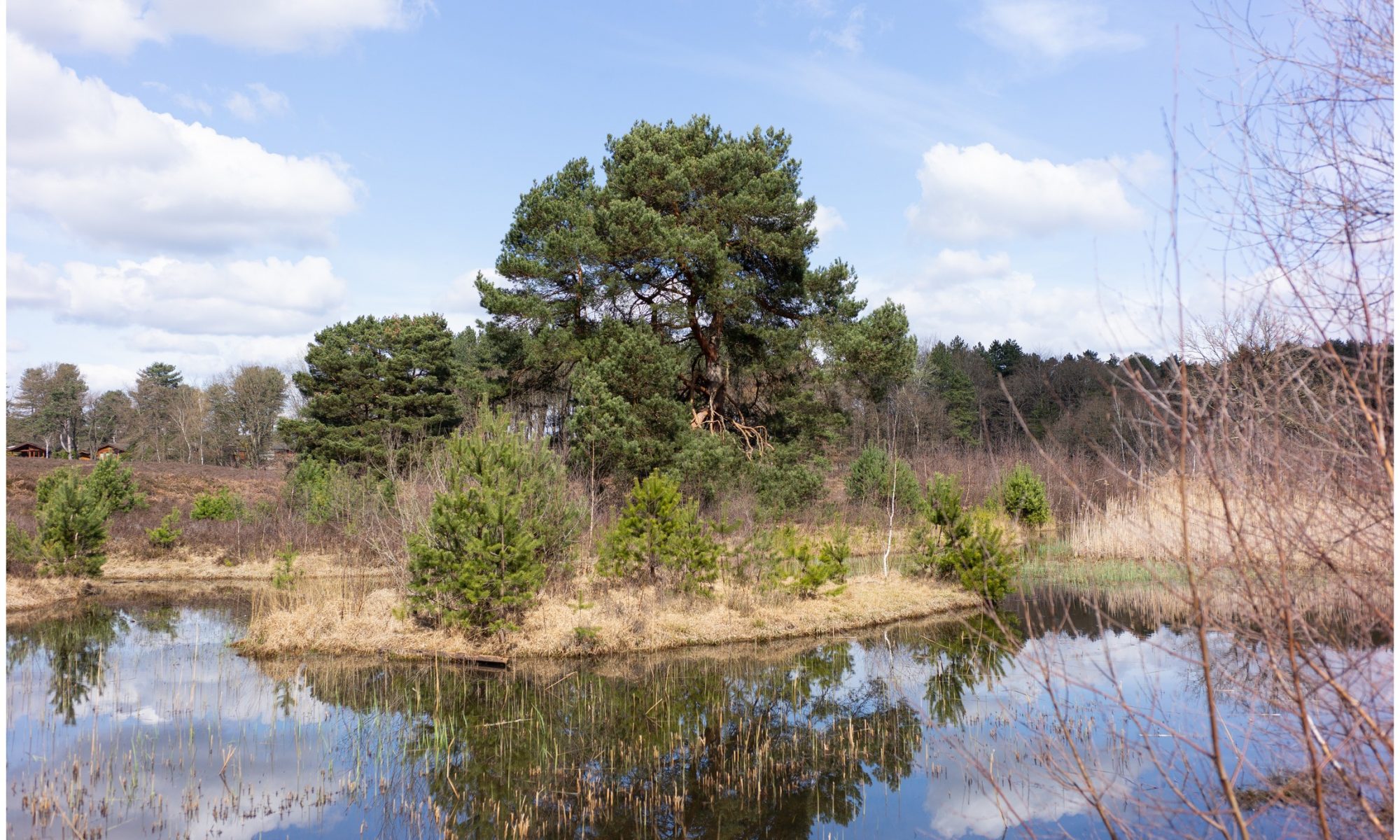A somewhat atypical blog or review. A somewhat uneven comparison in photos between the 2013 Leica M240 and the brand new 2021 Sony A7IV. Two full frame digital cameras from different decades. That’s almost classic versus modern, especially when you consider the very fast technological advances in digital photography. Is quality determined only by advances in sensors and pixels. If a camera is a device for creating art, shouldn’t we also create an index for artistic, creative ability? Thanks to our love of vintage film cameras, we are now also looking at classic digital cameras. It seems, a new, similar discussion starts unfolding about the (sometimes underrated) artistic value of older generations of digital cameras.
We won’t go into the technical differences, which are purely on specs in favor of the Sony. In that sense the Leica is outdated, but the pictures show that this first full-frame camera from Leica still matters and offers an artistic photographer just as much and maybe even more possibilities.
[twenty20 img1=”1529″ img2=”1528″ direction=”horizontal” offset=”0.5″ align=”left” width=”100%” before=”Leica M240″ after=”Sony A7IV” hover=”true”]
All examples were taken with a 35mm lens, in immediate succession, similar standpoint, at the same aperture, but in A mode where we let the camera choose ISO and shutter speed on its own. Other lenses have also been used that showed similar differences as with the 35mm. Afterwards only the (same) sharpness was added in Lightroom, but no filters were used and no other adjustments were made. This is definitely not a clinical test, we paid attention to contrast, color, vibrance to somehow try to find the ‘soul’ of the camera.
[twenty20 img1=”1557″ img2=”1556″ direction=”horizontal” offset=”0.5″ align=”left” width=”100%” before=”Leica M240″ after=”Sony A7IV” hover=”true”]
[twenty20 img1=”1563″ img2=”1562″ direction=”horizontal” offset=”0.5″ align=”left” width=”100%” before=”Leica M240″ after=”Sony A7IV” hover=”true”]
[twenty20 img1=”1566″ img2=”1565″ direction=”horizontal” offset=”0.5″ align=”left” width=”100%” before=”Leica M240″ after=”Sony A7IV” hover=”true”]
[twenty20 img1=”1569″ img2=”1568″ direction=”horizontal” offset=”0.5″ align=”left” width=”100%” before=”Leica M240″ after=”Sony A7IV” hover=”true”]
[twenty20 img1=”1572″ img2=”1571″ direction=”horizontal” offset=”0.5″ align=”left” width=”100%” before=”Leica M240″ after=”Sony A7IV” hover=”true”]
[twenty20 img1=”1575″ img2=”1574″ direction=”horizontal” offset=”0.5″ align=”left” width=”100%” before=”Leica M240″ after=”Sony A7IV” hover=”true”]
[twenty20 img1=”1578″ img2=”1577″ direction=”horizontal” offset=”0.5″ align=”left” width=”100%” before=”Leica M240″ after=”Sony A7IV” hover=”true”]
The Sony is the technically perfect companion; an AF camera that shoots its way effortlessly through all kinds of lighting scenarios. The dynamic range is very, very high, shadow and light are very well exposed. This also means that the entire photo is sometimes represent a kind of dull perfection. Everything is balanced, nothing stands out in a special way. The photos are excellent, but evoke that certain dullness. Very different from the Leica which clearly has more trouble with dynamic contrast. The exposure meter acts more randomly or drastic, as does the white balance. It’s all less balanced with sometimes outliers to under and overexposure due to its preference for measurement of the center. At the same time, this makes the photos stand out more and they become more interesting. But it is and remains a matter of taste and not of technical supremacy. It is not a question of having the most advanced camera, but the camera that suits you, not only in terms of use but generates pictures that evoke that more wow factor for you. And then it no longer matters how old the camera is, how many megapixels the sensor has. This brings us back to the central theme: vintage photos still can rock!

